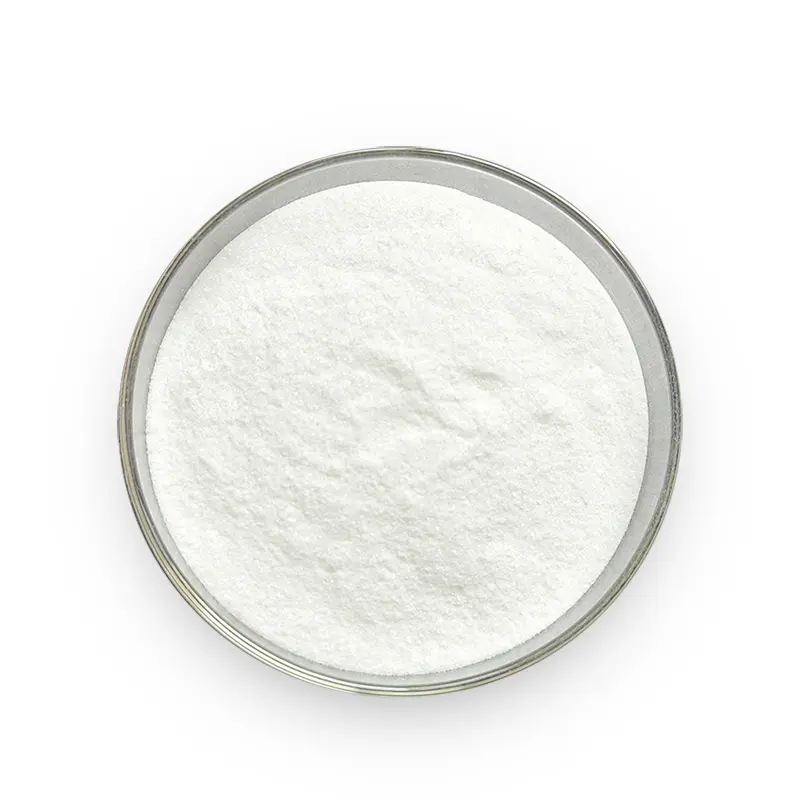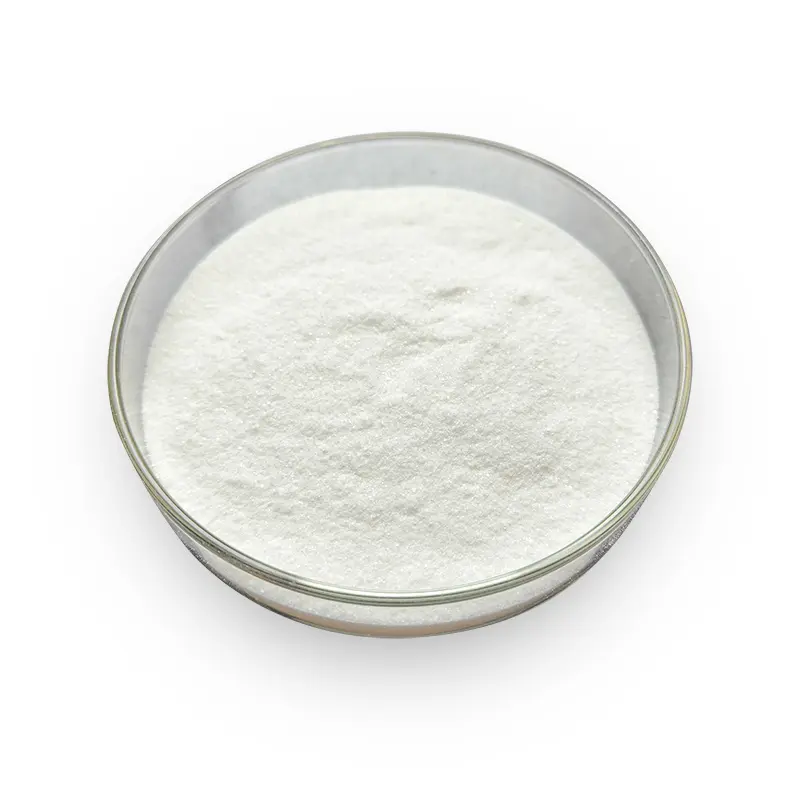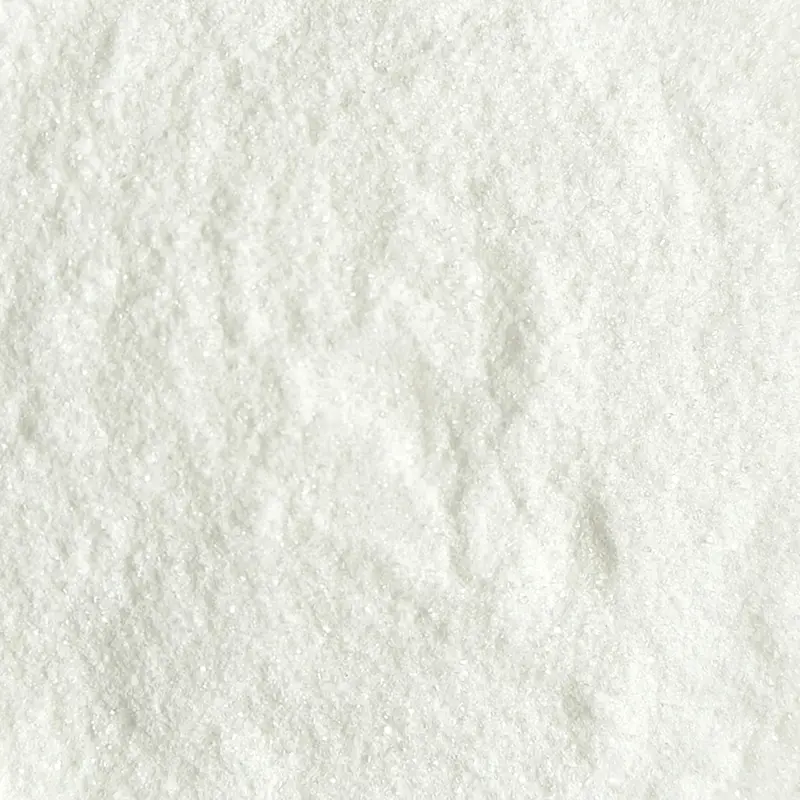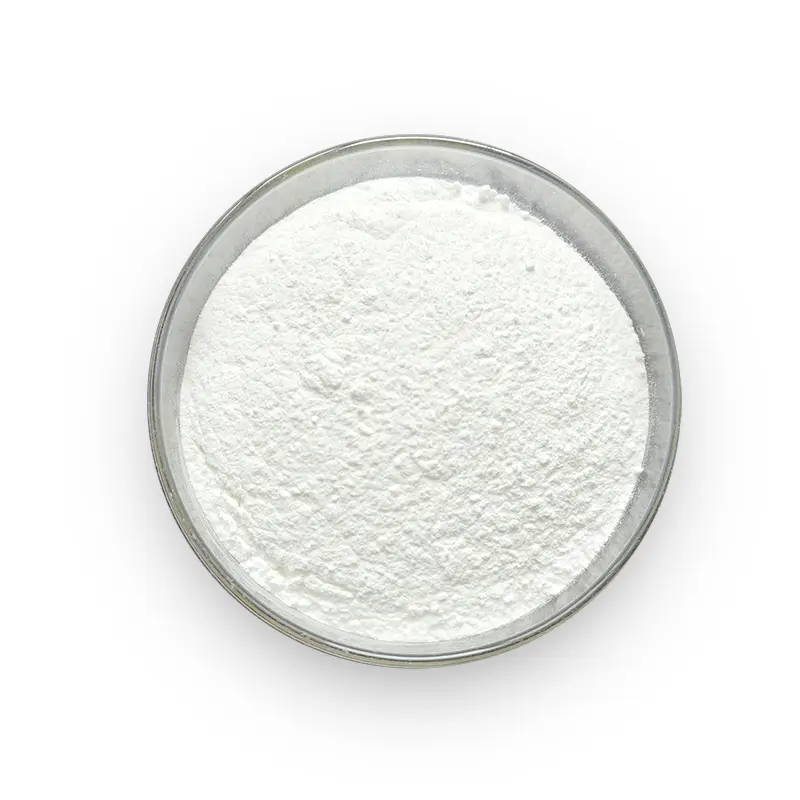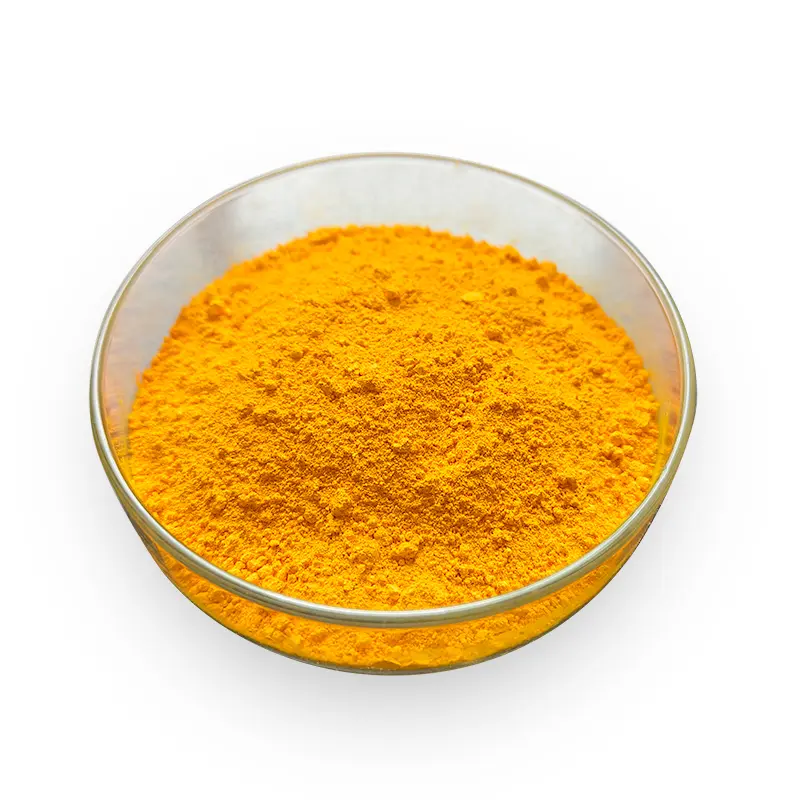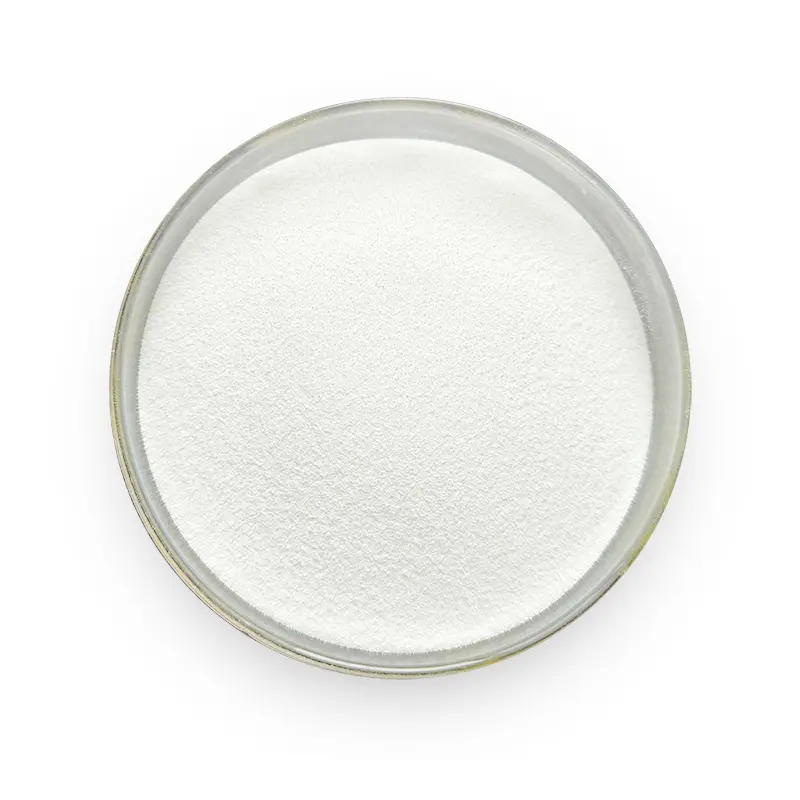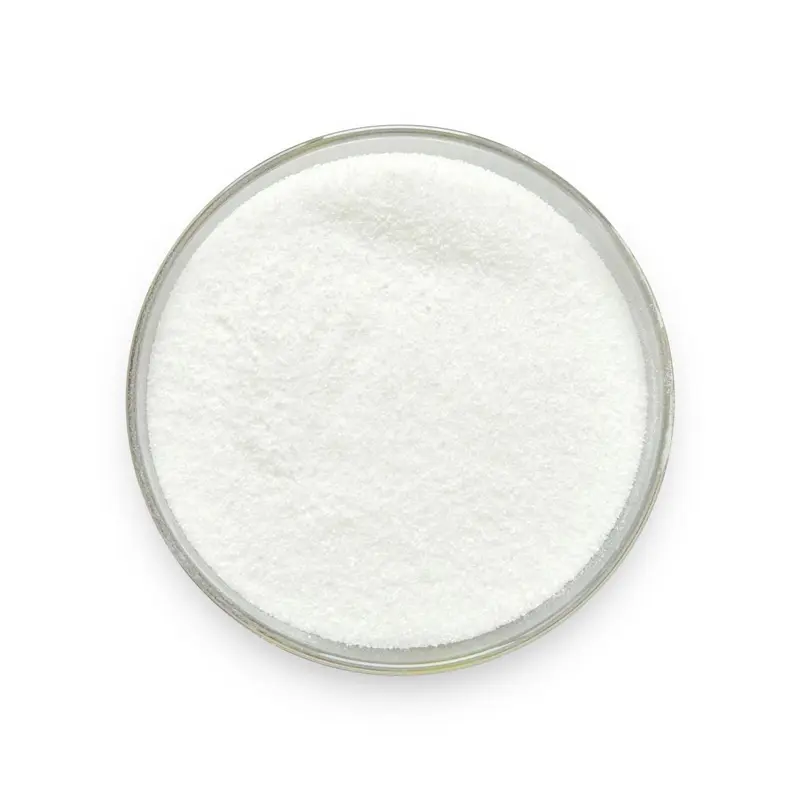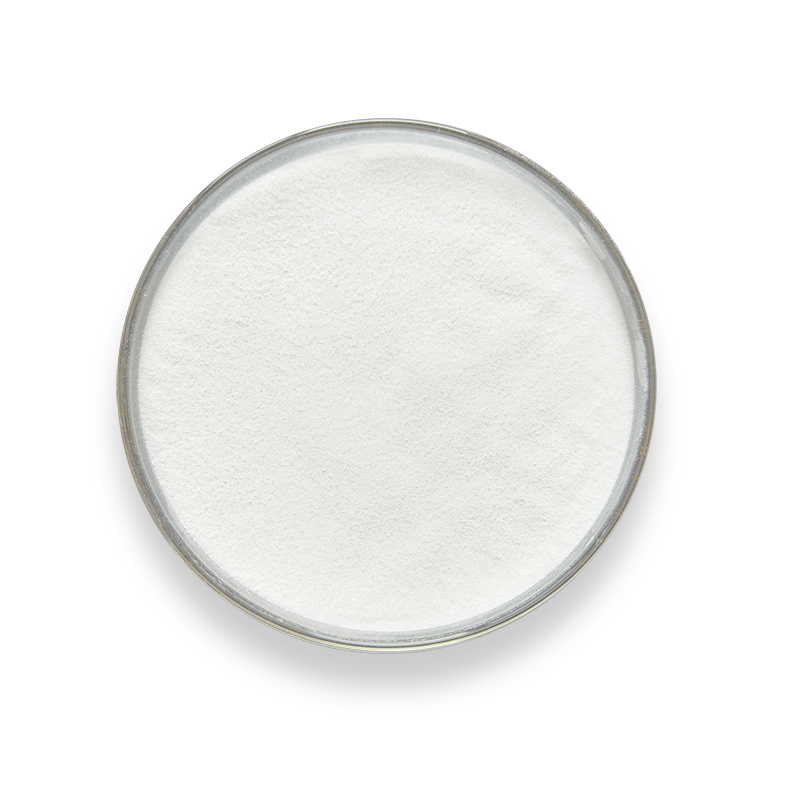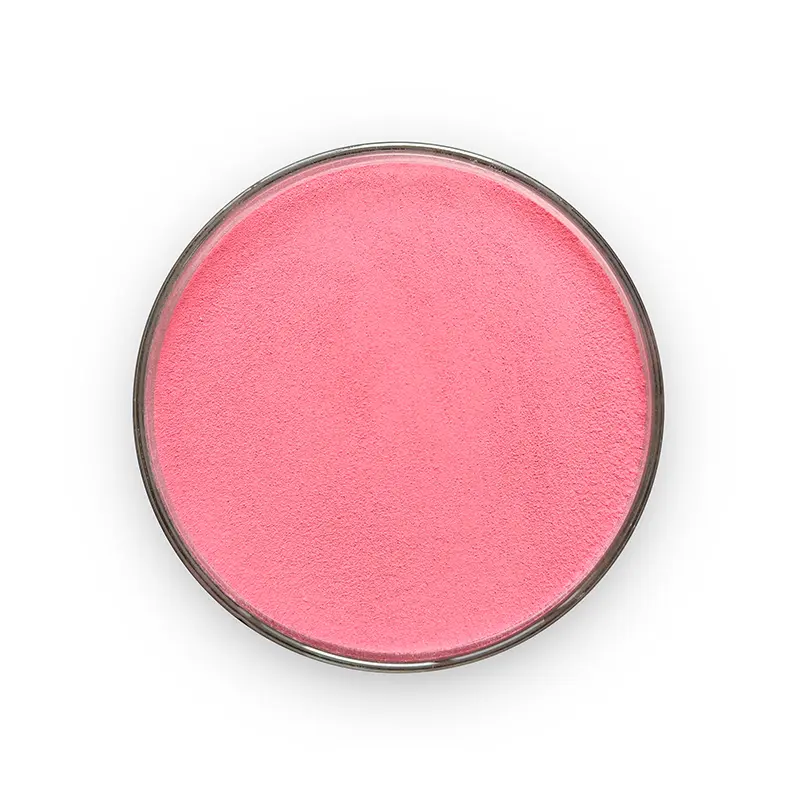DeBon Stabilized Antioxidant-Rich Vitamin C (L-Ascorbic Acid) Feed Additive
Product Specifications
| Product Name | Vitamin C (L-Ascorbic Acid) |
| Molecular Formula | C₆H₈O₆ |
| Appearance | White to slightly yellow crystalline powder, odorless, with acidic taste |
| Assay | 99.0%–100.5% |
| Melting Point | 189°C–192°C |
| Specific Optical Rotation | +20.5° to +21.5° |
| Residue on Ignition | ≤0.1% |
| Heavy Metals |
Lead (Pb): ≤10 mg/kg Arsenic (As): ≤2.0 mg/kg |
| Compliance Standards | GB 7303-2018 |
Functional
Vitamin C (L-Ascorbic Acid) is essential for:
Acting as a potent antioxidant to protect cells from oxidative stress.
Enhancing immune function and disease resistance in animals.
Promoting collagen synthesis, wound healing, and iron absorption.
Improving growth performance and feed efficiency in livestock, poultry, and aquatic species.
Storage & packing
Storage Conditions
Store in a dry, cool, and well-ventilated environment, protected from direct sunlight.
Avoid exposure to moisture or high temperatures.
Packaging
Net Weight: 25 kg/bag
Shelf Life:48 months
Usage & Dosage
Application: Uniformly mix into compound feed or total mixed ration (TMR).
Recommended Dosage (based on L-Ascorbic Acid content):
Swine: 150–300 mg/kg
Poultry: 50–200 mg/kg
Cattle: 125–500 mg/kg
Fish:
Tilapia & Eel Fry: 300 mg/kg
Tilapia & Eel Fingerlings: 200 mg/kg
Grass Carp & Carp: 300–500 mg/kg
Catfish & Rainbow Trout: 100–150 mg/kg
Frogs: 100–150 mg/kg
Adjust dosage according to veterinary guidance or specific production requirements.
FAQs
1. What are the primary functions of Vitamin C in animal feed?
L-Ascorbic Acid (Vitamin C) is vital for antioxidant protection, collagen synthesis, and immune system enhancement in livestock. It reduces oxidative stress in poultry during heat waves, improves wound healing in swine, and supports iron absorption in ruminants. Particularly critical for species lacking endogenous synthesis (e.g., poultry and fish).
2. How stable is L-Ascorbic Acid during feed processing?
Heat Sensitivity: Loses 20–30% activity after pelleting at 80°C for 2 minutes. Use coated forms (e.g., ethyl cellulose) for high-heat processing.
pH Stability: Optimal in pH 3–5. Rapid oxidation occurs in neutral/alkaline conditions (pH >6.5) – stabilize with antioxidants (e.g., BHT 0.1%)
3.Can Vitamin C be mixed with minerals or other vitamins?
Compatible:
Vitamin E – synergistic antioxidant effect.
Iron proteinate – enhances iron absorption.
Incompatible:
Copper sulfate (>50 ppm) – accelerates oxidation (pro-oxidant effect).
Sodium bicarbonate (alkaline premixes) – pH-induced degradation.
Compatibility
Compatible With:
| Category | Examples | Best Practice |
| Vitamins | Vitamin E, B1 (Thiamine) | Add Vitamin C after fat-soluble vitamins |
| Minerals | Iron proteinate, Zinc oxide | Enhances mineral bioavailability |
| Antioxidants | BHT, Rosemary extract | Delays oxidation in premixes |
| Acidifiers | Citric acid, Phosphoric acid | Stabilizes in acidic conditions (pH 4–5) |
Incompatible With:
| Substance | Risk | Mitigation Strategy |
| Copper sulfate (CuSO₄) | Pro-oxidant degradation | Use coated copper or separate mixing |
| Choline chloride (>60%) | Hygroscopic clumping | Premix with dry carriers (e.g., silica) |
| Calcium carbonate (alkaline) | pH-induced oxidation | Pre-acidify premix to pH <5 |
| Ethanol (liquid feed systems) | Solubility conflict | Use dry forms or post-fermentation addition |
product details
